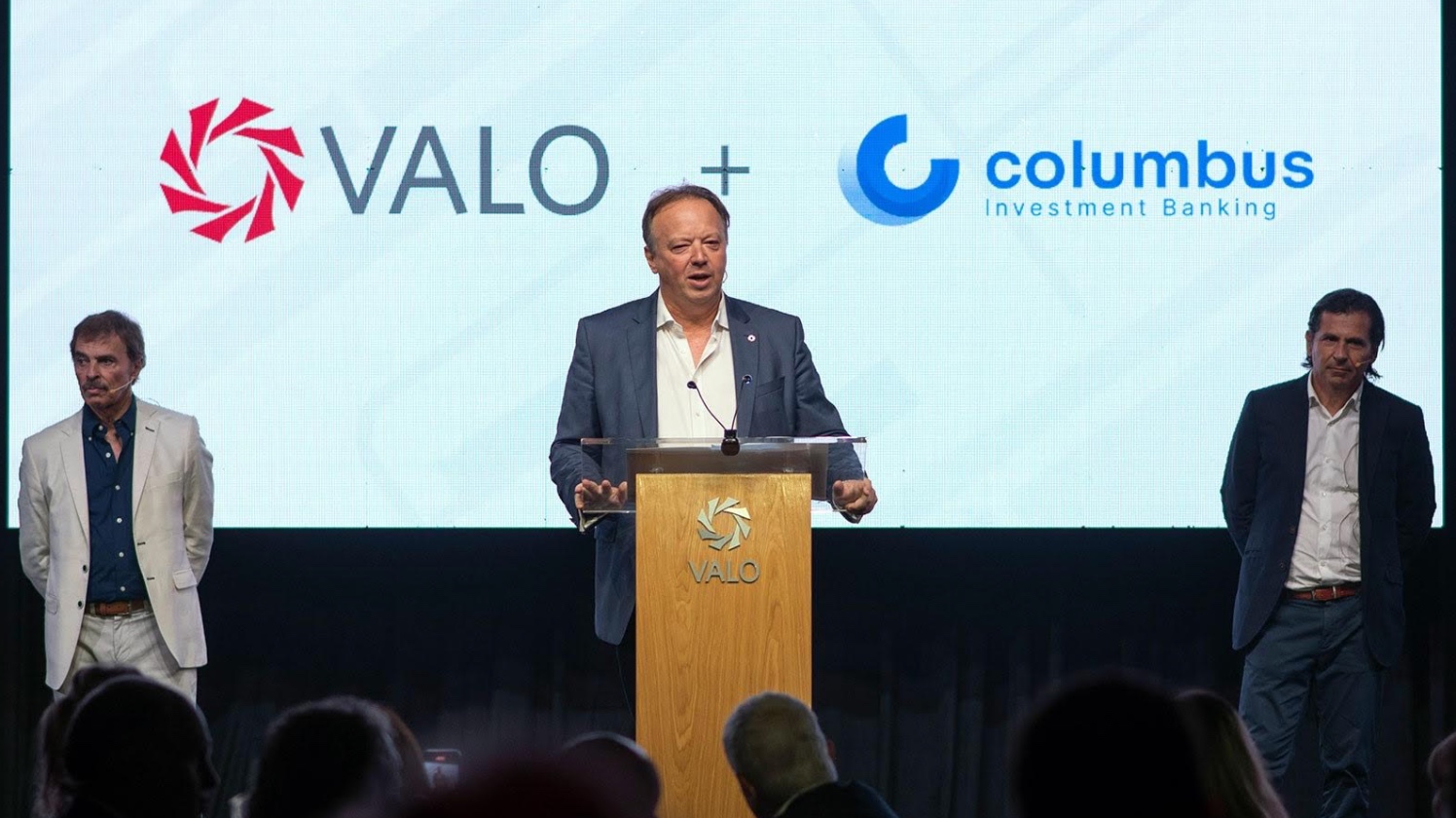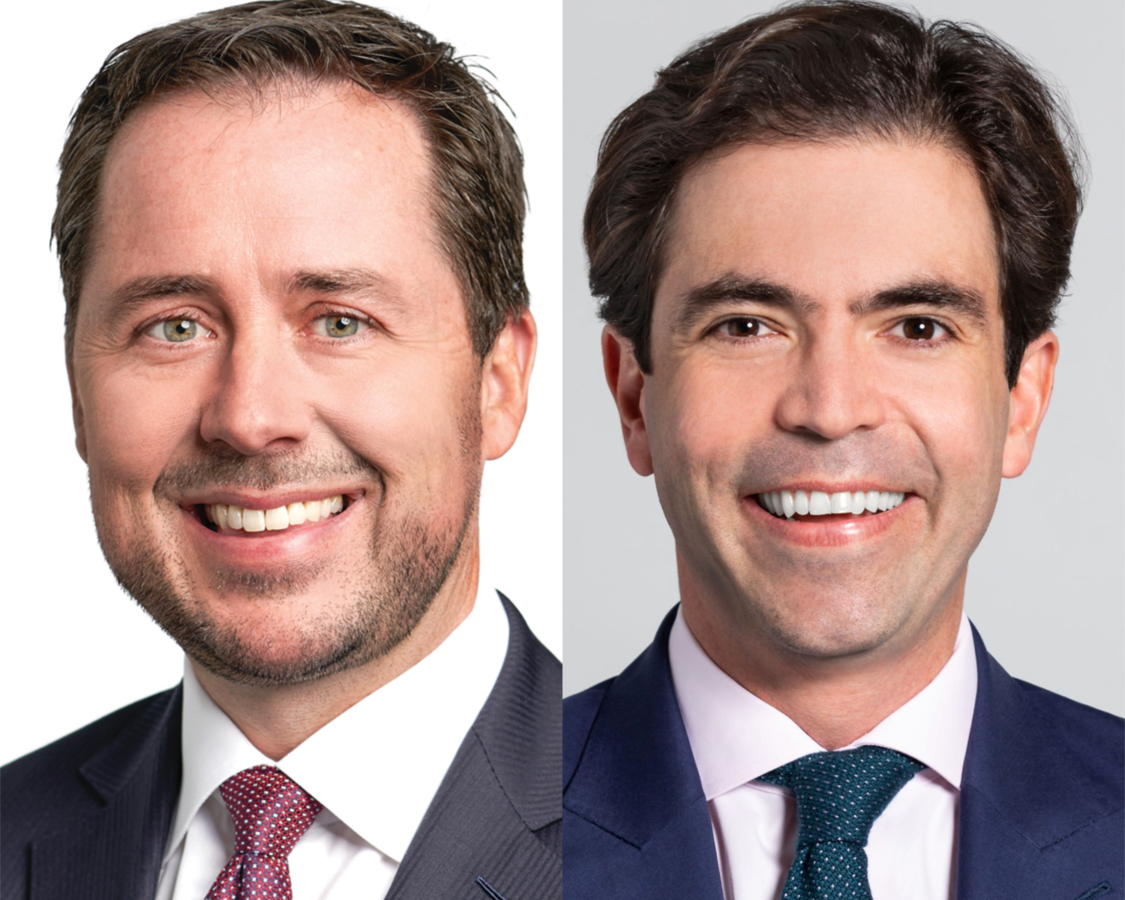Argentina’s VALO Absorbs Columbus and Strengthens its Financial Services Offering
| For Amaya Uriarte | 0 Comentarios

A recent CNV resolution authorized the merger of two players in the Argentine financial world: VALO, a firm specialized in investment fund custody and financial trusts, absorbs Columbus, a company with extensive experience in investment banking and capital markets.
“VALO has 24% of the investment fund custody business, is the leading trustee in the sector, and as a result of the merger, it is also a leader in the investment banking segment, both in mergers and acquisitions operations and in valuations and restructurings,” they announced in a statement.
Additionally, the firm is positioning itself in corporate banking with a service line designed to provide comprehensive support to companies seeking to enhance their growth.
“This strategic union not only expands the reach of our services but also strengthens and consolidates VALO as a key player in a constantly evolving financial system. We are going to take on a leading role in what’s to come in the market: in structuring debt issuances for both the private and public sectors, as well as in equity and stock placements. We have the people, the experience, and the clients to fill that role,” said Juan Nápoli, president of VALO.
The entities, which are already operating as a united and integrated company, offer comprehensive financial services for corporate and institutional clients. Current clients of both entities will now have access to a broader and more specialized portfolio of services, while new interested parties will find a fresh value proposition.
“The synergy we have achieved is revolutionary for the sector. With this merger, VALO becomes the most professional 100% corporate bank with the most comprehensive product offering in the Argentine market. Together, we can innovate faster, provide excellent service, and offer the most suitable business solutions for our clients. This merger not only strengthens our market position but also allows us to offer more efficient services with a highly specialized team in complex transactions,” explained Norberto Mathys, vice president and CEO of VALO, and Koni Strazzolini, former Columbus partner and newly appointed board member of VALO.
VALO (Banco de Valores S.A.) was founded in 1978 by the Mercado de Valores (MERVAL) and operates as a financial trustee and custodian of mutual funds. Following the merger by absorption of Columbus, it is now the only wholesale bank in the country offering a comprehensive proposal for corporate and institutional clients. Additionally, since 2020, VALO has been pursuing a solid growth strategy at the regional and global levels and currently has a presence in Uruguay, the United States, and Paraguay.











